Tomatoes are one of the most popular vegetables to grow in the home garden, and with good reason. They’re relatively easy to grow, produce abundant fruit, and can be used in various dishes. Growing your tomatoes also allows you to enjoy them at their peak of ripeness and flavor. They can be grown in gardens and containers and can be trained to climb supports such as trellises. And if you are looking to grow tomatoes from seed, everything you need to know.
What are Tomatoes ?
Tomatoes are the edible fruit of the tomato plant, a nightshade family member. The nightshade family also includes potatoes, peppers, and eggplants. Tomatoes are native to South America and were first introduced to Europe in the 16th century. There are many different tomato types, including determinate and indeterminate varieties. Determinate tomatoes grow to a certain size and then stop growing, while indeterminate tomatoes continue to grow throughout the season.
Tomatoes (Solanum lycopersicum) are typically red fruit but can come in various colors, including yellow, green, and even purple. Tomatoes are part of the nightshade family, including potatoes, eggplants, and peppers. Tomatoes are a popular fruit (technically a berry) used in various dishes, including salads, sandwiches, soups, sauces, and main courses. Tomatoes are also eaten raw or used as a garnish.
There are many different types of tomatoes, including:
Beefsteak tomatoes – these are large tomatoes that can weigh up to 1 pound each. They have a fleshy texture and a mild flavor.
Cherry tomatoes – these small tomatoes are about the size of a cherry, have a sweet flavor, and can be eaten whole.
Grape tomatoes – these small tomatoes are about the size of a grape. They have a sweet flavor and can be eaten whole.
Roma tomatoes – also called plum tomatoes, these medium-sized tomatoes have a meaty texture and are used in cooking.
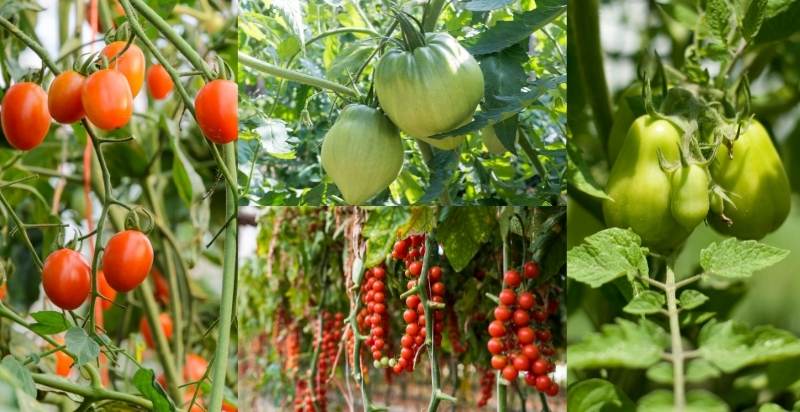
What are the benefits of growing Tomatoes ?
Tomatoes are a good source of vitamins A and C, fiber, and potassium. Tomatoes also contain lycopene, an antioxidant linked to various health benefits, including a reduced risk of heart disease and cancer.
There are many benefits to growing tomatoes, including:
They are easy to grow – with little care, anyone can grow tomatoes.
They provide fresh produce – there is nothing better than eating a delicious, ripe tomato that you have grown yourself.
They can be grown in a small space – tomatoes can be grown in pots or containers, making them ideal for small gardens or homes.
They are a healthy food – as mentioned above, tomatoes are a good source of vitamins, minerals, and antioxidants.
8 Tips for Growing Tomatoes from Seed :
Whether you are a beginner gardener or experienced, growing tomatoes is a fun and rewarding experience. If you’ve never grown tomatoes before, or if you’re looking for ways to improve your tomato crop, here are 8 tips for growing tomatoes from seed:
2. Use Peat Pots or Plug Trays
Now let’s look into each of these in detail .
Start with Good Seed
The quality of your seed will have a big impact on the success of your tomato crop. Start by purchasing high-quality, disease-resistant tomato seeds from a reputable source. If you’re saving seeds from last year’s crop, start with healthy plants that produce well.
To test your seed for germination:
- Place 10 seeds on a moist paper towel and fold them over.
- Then place the paper towel inside a plastic bag and seal it shut.
- Place the bag in a warm place (70-80 degrees Fahrenheit is ideal) and check it daily.
After 5-7 days, you should see the paper towel sprout. Once the seeds have germinated, plant them immediately in peat pots or plug trays.
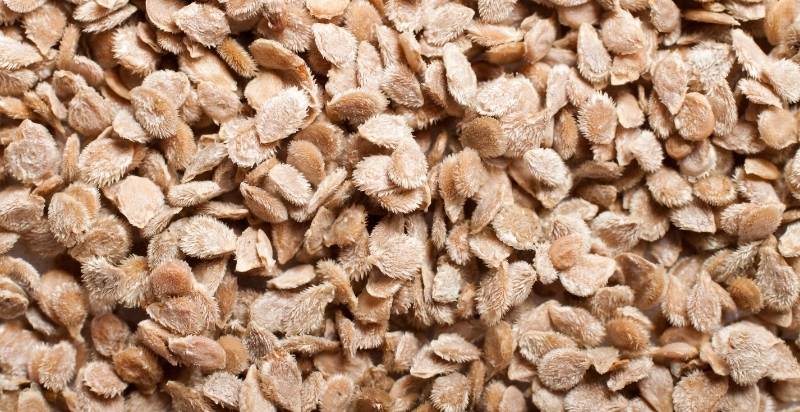
Use Peat Pots or Plug Trays
Peat pots and plug trays are small pots made of compressed peat moss. They’re often used to start plants indoors because they can be transplanted directly into the garden without disturbing the roots.
Peat pots come in various sizes, but 4-inch pots are a good option for tomato seedlings. If using plug trays, sow the seeds in small cells or plugs. Once the seedlings have germinated, thin them out so that only one plant is growing per pot.

Sow the Seeds Indoors
Tomato seeds should be sown indoors about 6-8 weeks before the last frost date in your area. To sow the seeds, fill the peat pots or plug trays with a sterile, soilless potting mix and wet it thoroughly.
Using a pencil or your finger, make a small indentation in the center of each pot and drop 2-3 seeds into each one. Gently press the seeds into the soil and cover them with a thin layer of potting mix. Water the pots well and place them in a warm, sunny location.
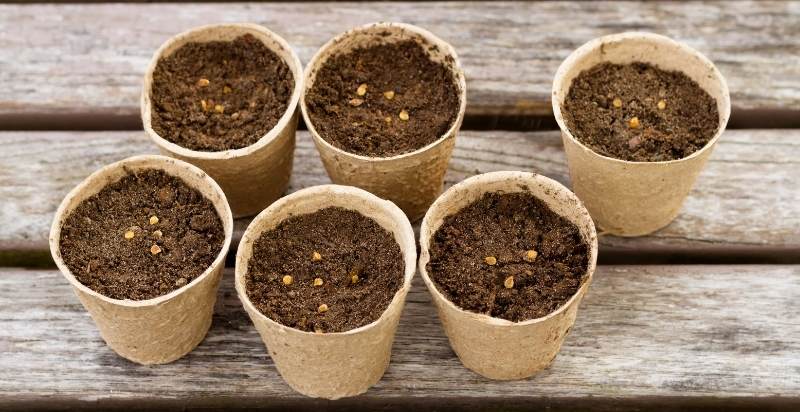
Provide Plenty of Light
Tomato seedlings need plenty of light to grow healthy and strong. If you don’t have a south-facing windowsill, you can use grow lights to provide the seedlings with the light they need.
Place the lights about 4 inches above the tops of the plants and raise them as they grow taller. Keep the lights on for 14-16 hours per day.
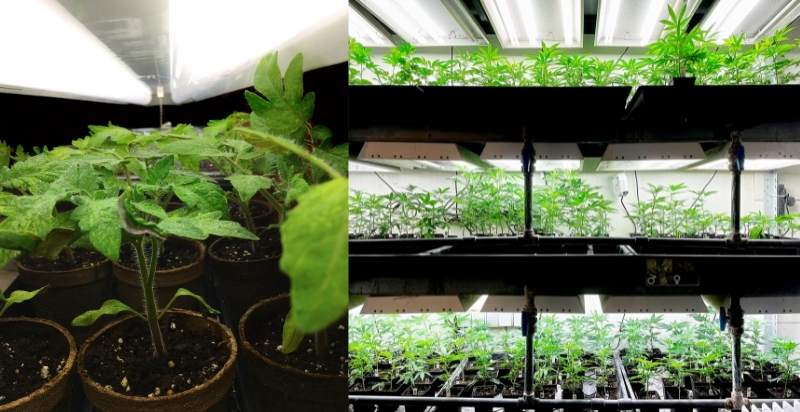
Keep the Soil Warm
Tomatoes are warm-weather crops and prefer soil at least 60 degrees Fahrenheit. If your home is on the cool side, you can place a heat mat under the pots to keep the soil warm.
Transplant Carefully
When the seedlings are about 6-8 inches tall and have developed their first set of true leaves, they’re ready to be transplanted. Begin by hardening the plants and gradually acclimating them to outdoor conditions.
Start by placing the pots in a sheltered location outdoors for a few hours each day. Over 7-10 days, gradually increase the amount of time the plants spend outdoors and are exposed to direct sunlight.
When it’s time to transplant, choose a cloudy day or transplant in the evening to minimize plant stress. Gently remove the seedlings from their pots and plant them in prepared holes in your garden. Water them well and keep an eye on them for the first few days.
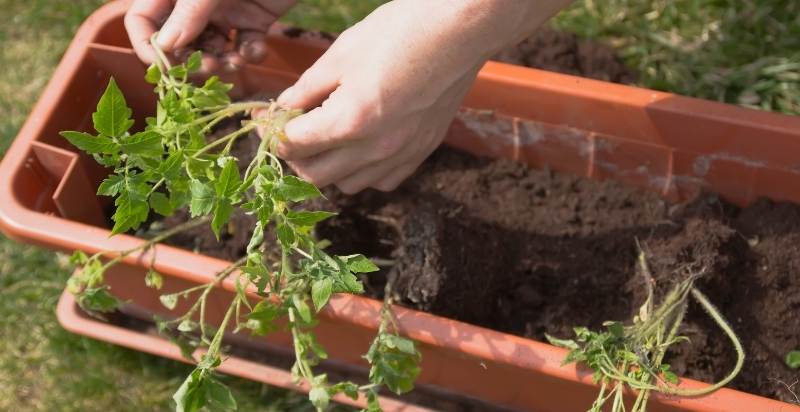
Don’t Overwater
One of the most common problems when growing tomatoes are overwatering. Tomato plants like moist soil, but they don’t like to have “wet feet.” This can lead to some problems, including root rot and fungal diseases.
To water your tomato plants:
- Please provide them with about 1 inch of water per week.
- If it rains, don’t water them until the top inch of the soil has dried out.
- Check the soil before watering to avoid overwatering.
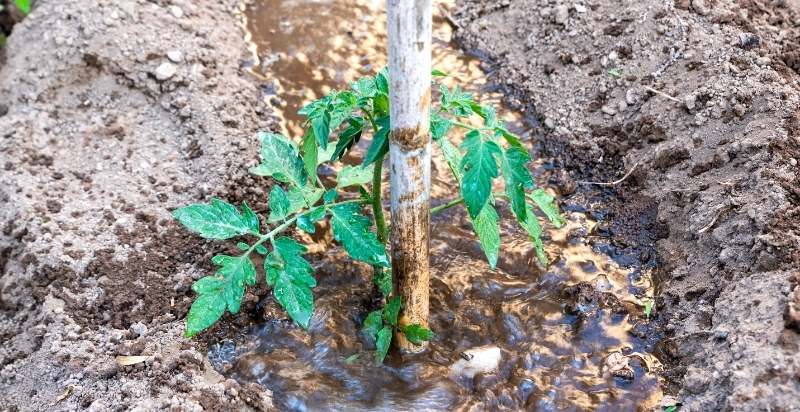
Fertilize Regularly
Tomatoes are heavy feeders that must be fertilized regularly to produce a large harvest. Use a balanced fertilizer, such as 10-10-10, and apply it according to the package directions.
You can also side-dress the plants with compost or manure when they begin to bloom and again when they set fruit. Spread the compost or manure around the base of the plant and water it in well.
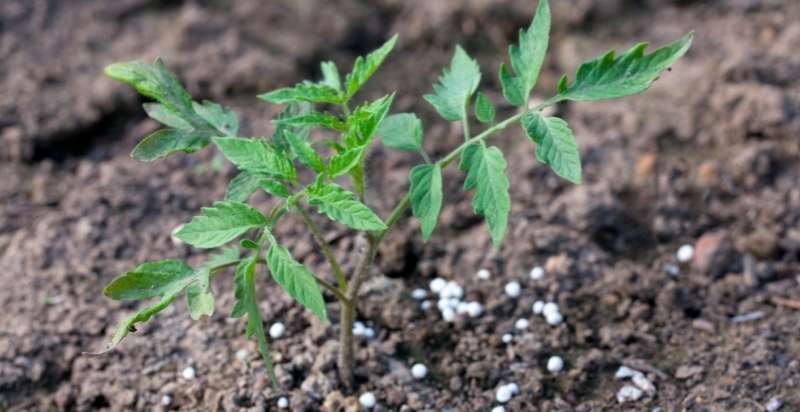
Stake or Cage Your Plants
As your tomato plants grow taller, they will need support to keep them from falling. You can use stakes, cages, or trellises to support the plants.
Stakes are the simplest option and are easy to make using wood or metal posts. Tomato cages can be purchased at your local garden center, and trellises are the most expensive option, but they take up less space in the garden.
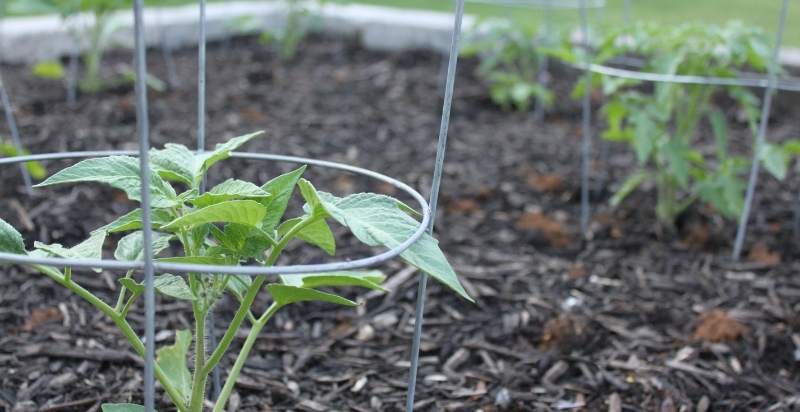
Prune Regularly
Tomato plants will produce more fruit if you prune them regularly. Begin by removing any suckers that grow in the crotches between the main stem and branches. These suckers will not produce fruit and compete with the main stem for nutrients.
As the plant grows taller, remove any leaves or branches that touch the ground. This will help to prevent fungal diseases from developing. Finally, remove any damaged or diseased leaves or stems as needed. Now, lets just walk you through the ways to how to harvest tomatoes and common problems with tomatoes and their prevention.
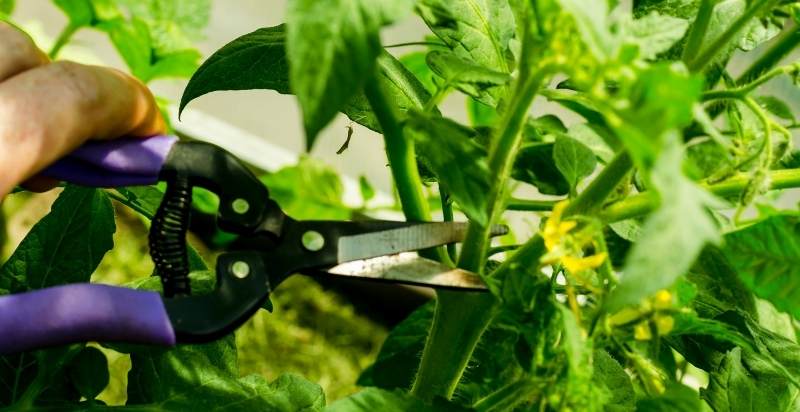
Harvest Carefully
Tomatoes should be harvested when they are fully ripe. To test for ripeness, gently squeeze the fruit. If it gives slightly, it’s ready to be picked.
Cut the stem with a sharp knife or pruning shears and allow the fruit to finish ripening indoors. Be sure to handle the fruit carefully to avoid bruising it.
Store tomatoes in a cool, dark place and use them within a few days for the best flavor.
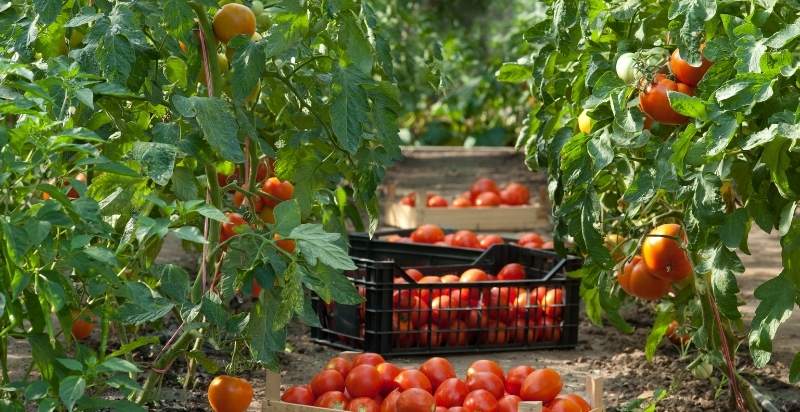
Common Tomato Problems
Tomatoes are susceptible to problems, including pests, diseases, and environmental stressors. Here are some of the most common problems you may encounter:
Pests: Tomato hornworms, aphids, and whiteflies are among the most common pests that attack tomato plants.
Diseases: Tomato plants can be affected by some diseases, including blossom end rot, early blight, and leaf spot.
Environmental Stressors: Heat stress, cold stress, and lack of pollination can all affect the development of tomatoes.
Preventing Problems
The best way to prevent problems with your tomato plants is to start with healthy plants. Be sure to purchase disease-resistant varieties and avoid planting tomatoes in the same location yearly.
In addition, be sure to water and fertilize regularly, stake or cage the plants, and prune them as needed. These simple steps will help you produce a bountiful harvest of healthy tomatoes.
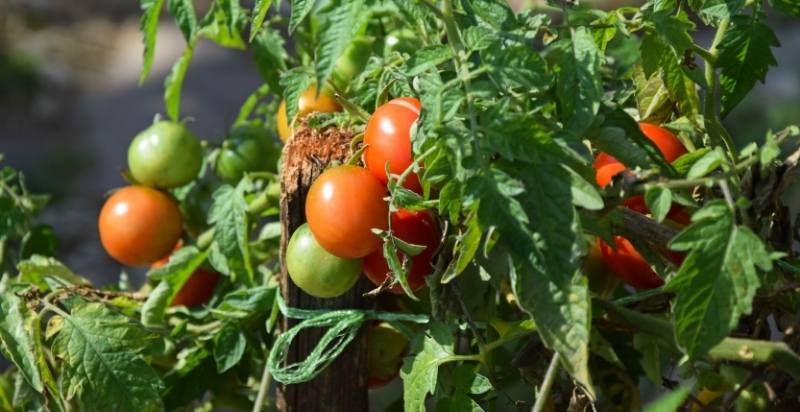
Conclusion
Tomatoes are a warm-season crop easy to grow in the home garden. Your plants will produce a bountiful harvest of delicious fruit with proper care.
To grow healthy tomatoes, start with disease-resistant varieties and plant them in well-drained soil. Be sure to water and fertilize regularly, stake or cage the plants, and prune them as needed. These simple steps will help you produce a bountiful harvest of healthy tomatoes.
- Everything You Wanted to Know About Red Tamarillos - June 2, 2025
- A Guide to Tulips: Everything You Need to Know & More… - June 2, 2025
- Guanabana: Description, Flavor, Benefits, And Uses - May 27, 2025
